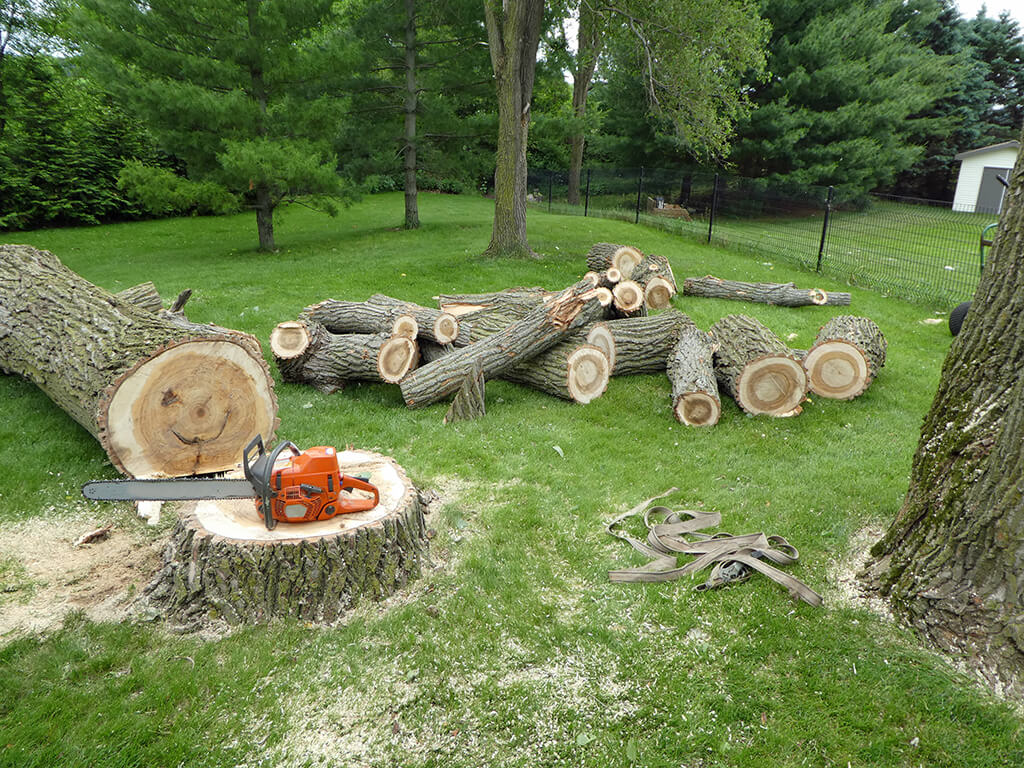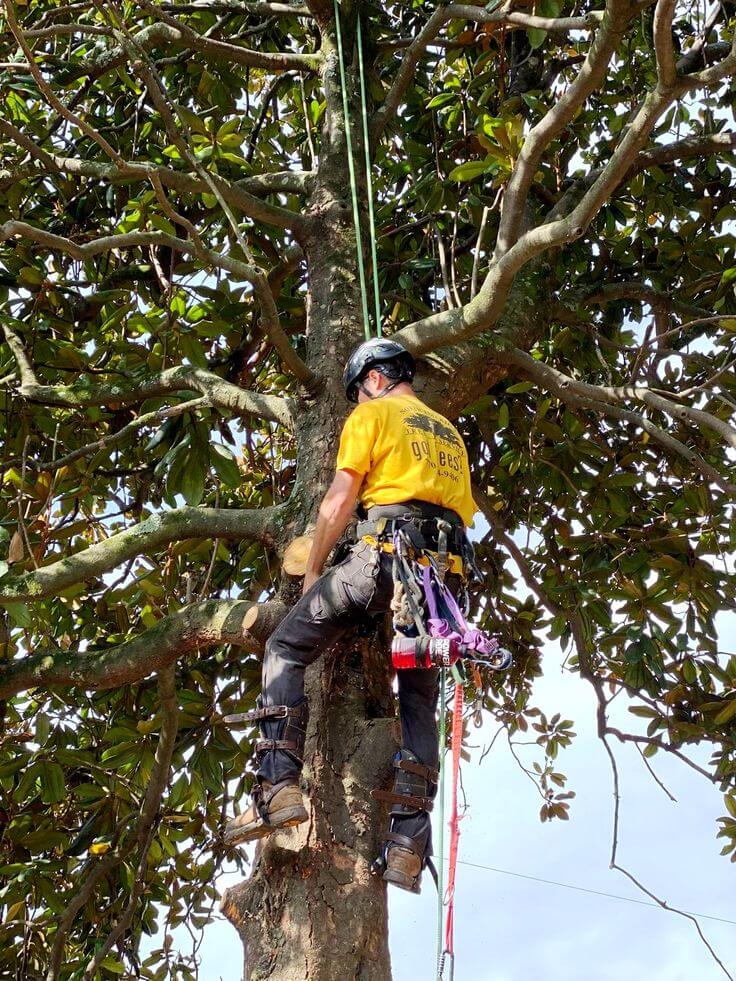Tree Removal Cost: Understanding the Price and What Influences It
Tree removal can be a necessary, albeit costly, endeavor for homeowners and property managers alike. Whether a tree is posing a threat to your property, blocking your view, or simply needs to go for landscaping reasons, understanding the costs involved is crucial. Let’s dive deep into what goes into the price of tree removal, how you can manage these costs, and why it’s often worth leaving this task to the professionals.
Factors Influencing Tree Removal Costs
Tree removal costs can vary significantly depending on several key factors. Let’s break down what you can expect:
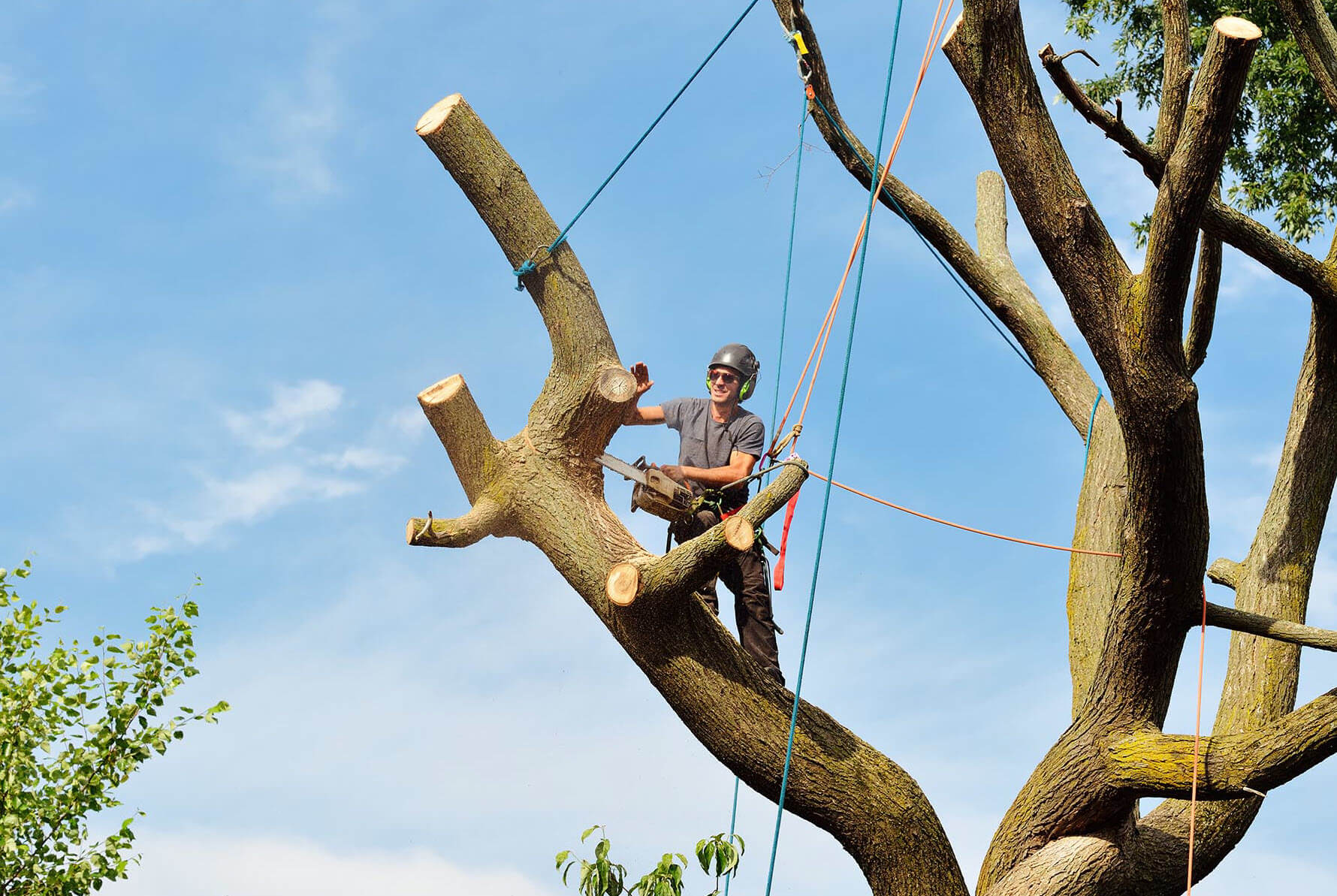
Size of the Tree
The size of the tree is one of the most significant determinants of the cost. Larger trees require more time, labor, and specialized equipment to safely remove. Typically, a small tree (under 30 feet) costs much less to remove than a large one (over 60 feet).
Tree Species
Some tree species are harder to cut through or have more extensive root systems, making them more challenging (and expensive) to remove. Hardwood trees like oak and maple tend to be more costly due to their density.
Location of the Tree
Where the tree is located on your property plays a big role in cost. If the tree is near power lines, buildings, or other structures, the job becomes more complex and requires more precaution, increasing the price. Trees in difficult-to-reach areas or with limited access will also cost more to remove.
Condition of the Tree
A dead or dying tree might be easier to remove, but if it’s rotting or unstable, it could pose additional dangers that might drive up the cost. Similarly, a tree with a lot of overhanging branches or one that’s heavily leaning can be more hazardous and thus more expensive to handle.
Accessibility
If the tree is in a hard-to-reach spot, such as a backyard with no easy vehicle access, this could increase the price as well. Equipment might need to be carried in by hand, or smaller, less efficient machinery might be used.
Emergency vs. Non-Emergency Removal
Emergencies, such as a tree falling on your home during a storm, require immediate attention and often come with a higher price tag due to the urgency and potential risk involved.
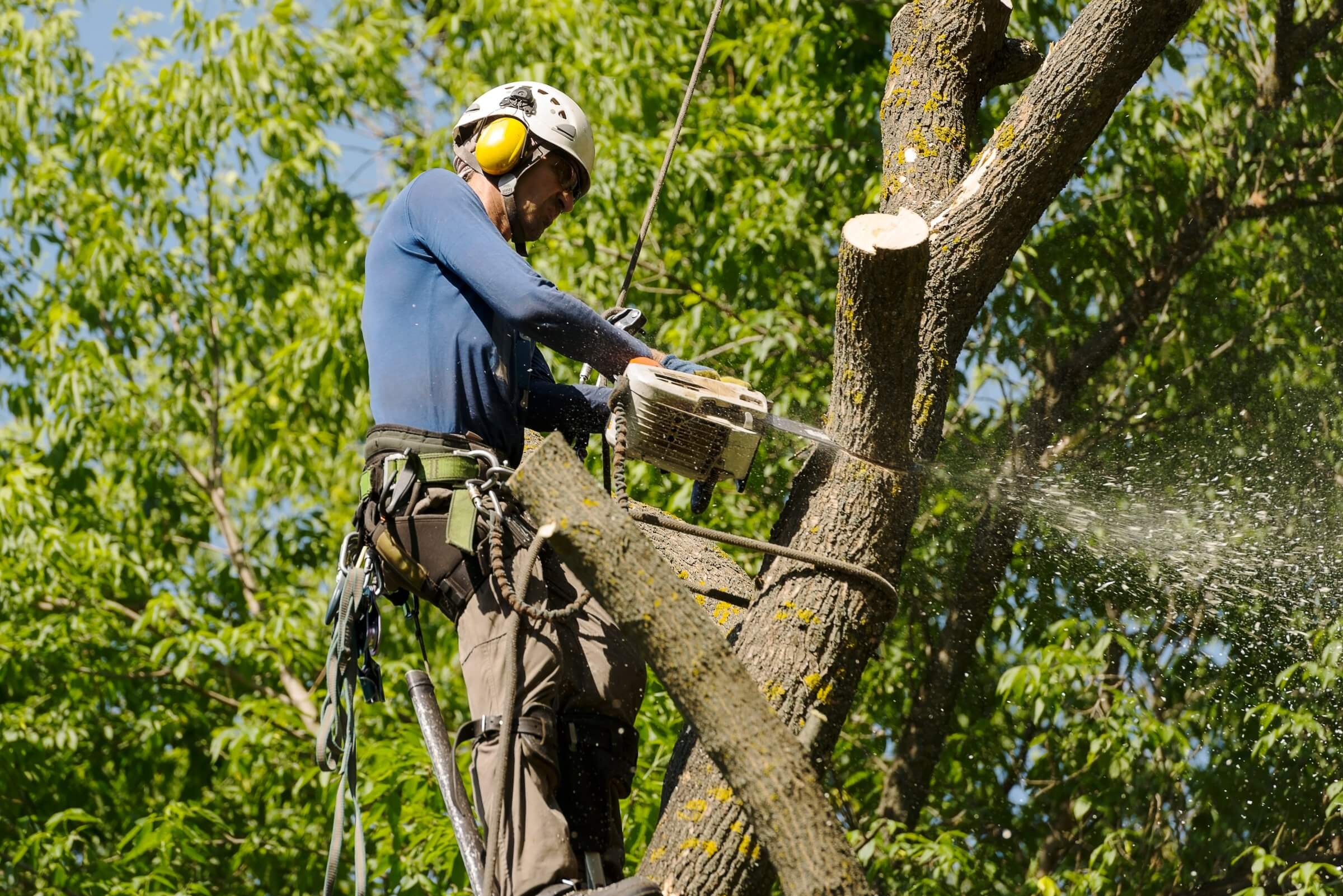
Additional Services
Services like stump grinding, log splitting, debris removal, or limb chipping will add to the total cost. While some companies include basic cleanup in their price, others charge extra for these services.
Average Cost of Tree Removal
Understanding the average costs can help you budget appropriately and avoid being overcharged.
National Average Cost
On average, tree removal costs in the U.S. range from $200 to $2,000 per tree, with most homeowners spending around $700 to $1,000. However, this can vary depending on the factors discussed earlier.
Cost Comparison Based on Location
Geographical location can also affect costs. Urban areas with higher costs of living generally see higher tree removal prices compared to rural areas. Additionally, regions prone to storms or wildfires might have higher rates due to the increased demand for tree services.
Hidden Costs in Tree Removal
Beyond the basic tree removal, there are often additional costs that homeowners should be aware of:
Stump Removal and Grinding
Stump removal is not always included in the cost of tree removal. Grinding a stump can cost anywhere from $60 to $350 per stump, depending on its size and location.
Cleanup and Debris Removal
While some companies include debris removal in their price, others charge extra for it. You might also need to pay for log splitting or chipping if you want to keep the wood.
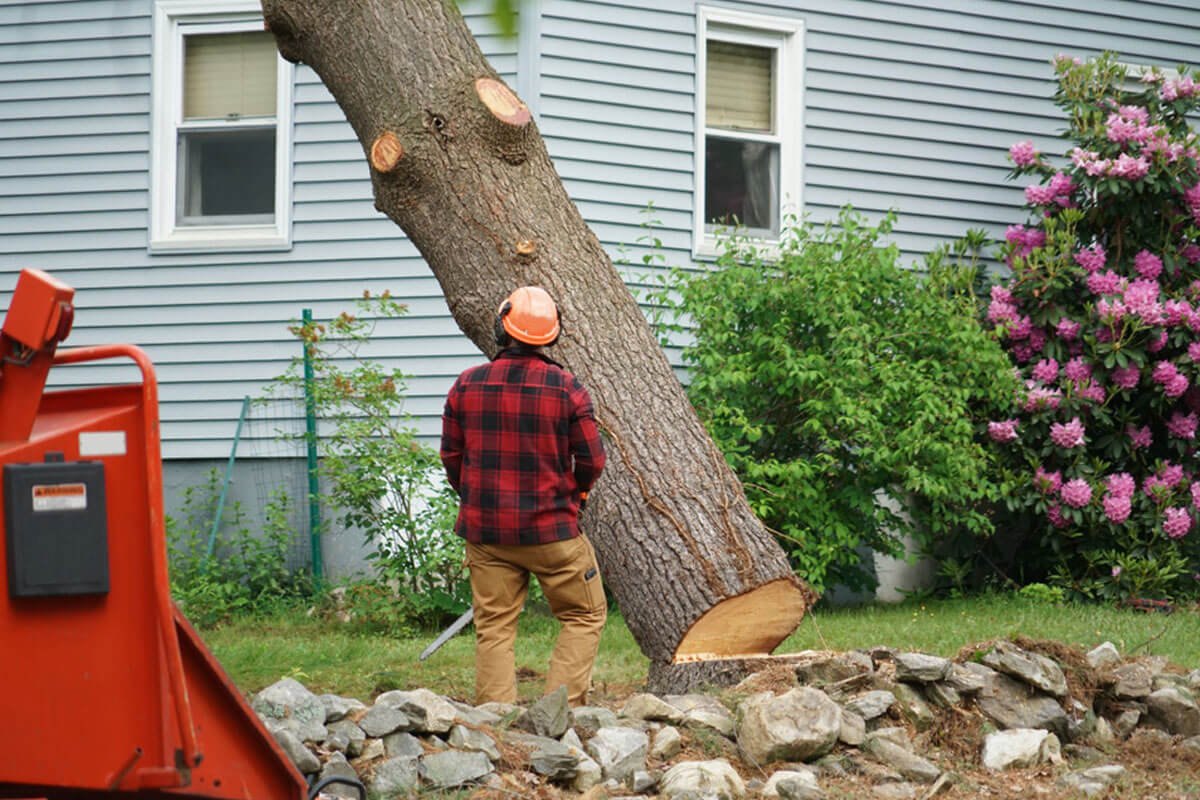
Permits and Regulations
Depending on your locality, you may need a permit to remove a tree, especially if it’s considered a heritage tree or located near a protected area. These permits can add to your overall cost.
DIY Tree Removal: Is It Worth the Cost Savings?
Thinking about cutting costs by removing the tree yourself? Here’s what you need to consider:
Pros and Cons of DIY Tree Removal
While DIY tree removal can save you money, it comes with significant risks. It requires the right tools, knowledge, and physical ability. You also need to consider the cost of renting or buying equipment.
Potential Risks and Liabilities
Tree removal is a dangerous task, especially for those without proper training. A falling tree can cause significant property damage, injury, or even death. Moreover, if something goes wrong, you could be liable for the damages.
When to Hire a Professional
If the tree is large, near power lines, or close to your home, it’s best to hire a professional. Their experience, equipment, and insurance coverage provide peace of mind that the job will be done safely and correctly.
How to Save Money on Tree Removal
Tree removal doesn’t have to break the bank. Here are some tips to help you save:
Get Multiple Quotes
Always get at least three quotes from different companies. This not only gives you a sense of the market rate but also helps you avoid being overcharged.
Schedule During Off-Peak Seasons
Tree removal services are often in higher demand during storm seasons or in the spring and summer. Scheduling your removal during the fall or winter might get you a better rate.
Bundle Services
If you need multiple trees removed or additional services like stump grinding, see if the company offers a discount for bundling these services.
Conclusion
Tree removal is a significant investment, but with the right knowledge and preparation, you can manage the costs effectively. Whether you decide to hire a professional or consider a DIY approach, understanding the factors that influence pricing will help you make informed decisions. Remember to always prioritize safety and quality when dealing with tree removal services.
